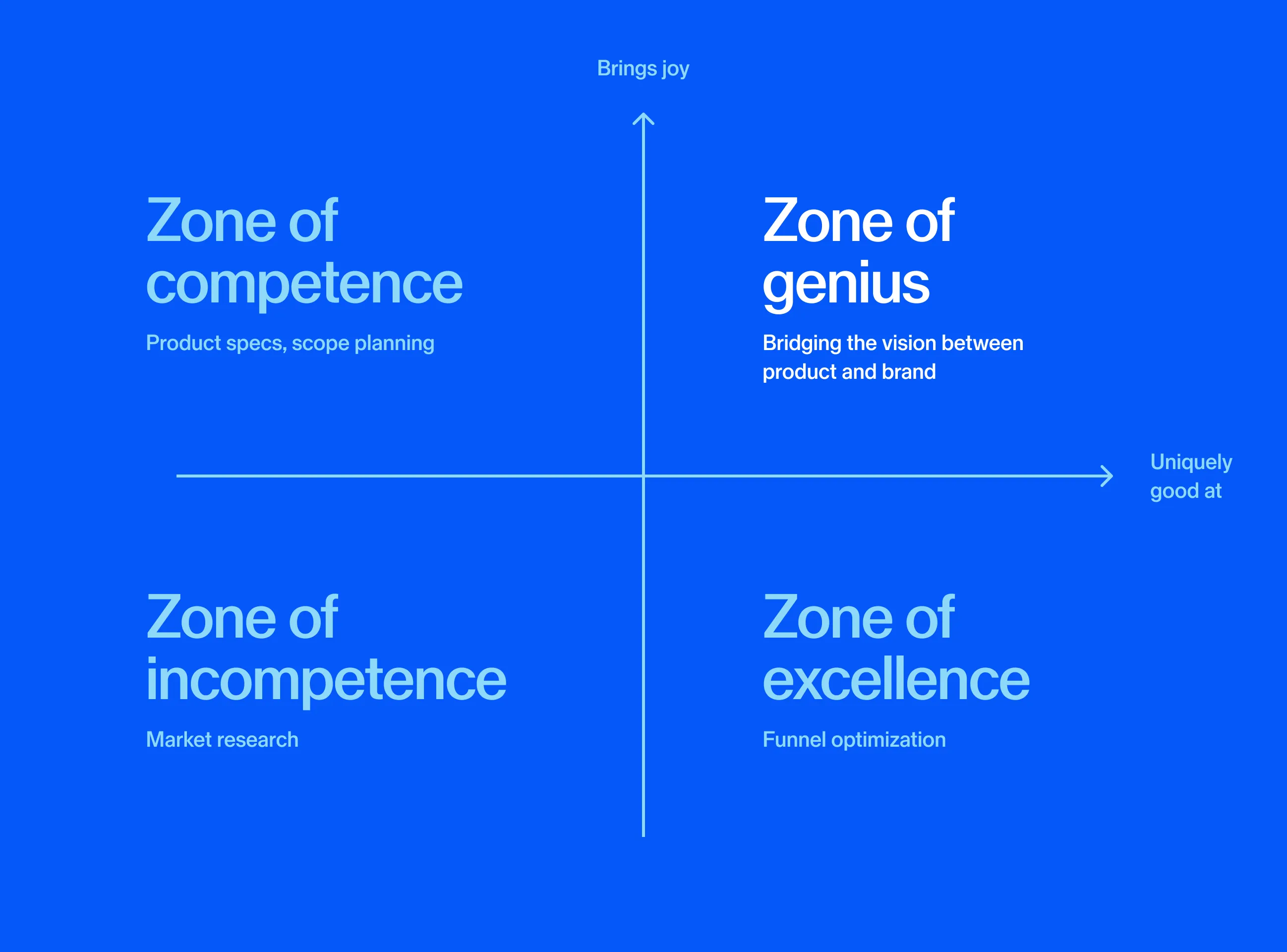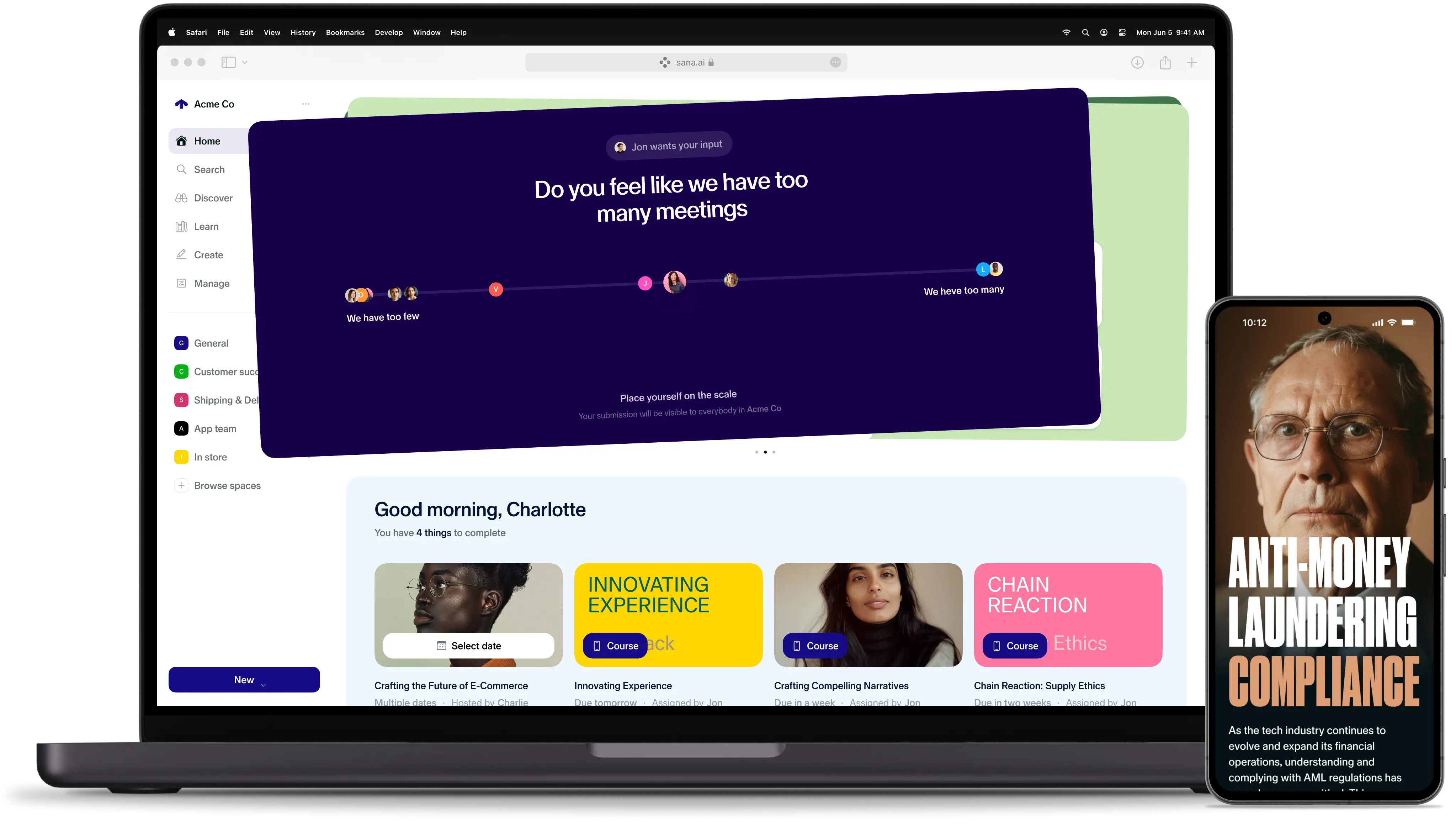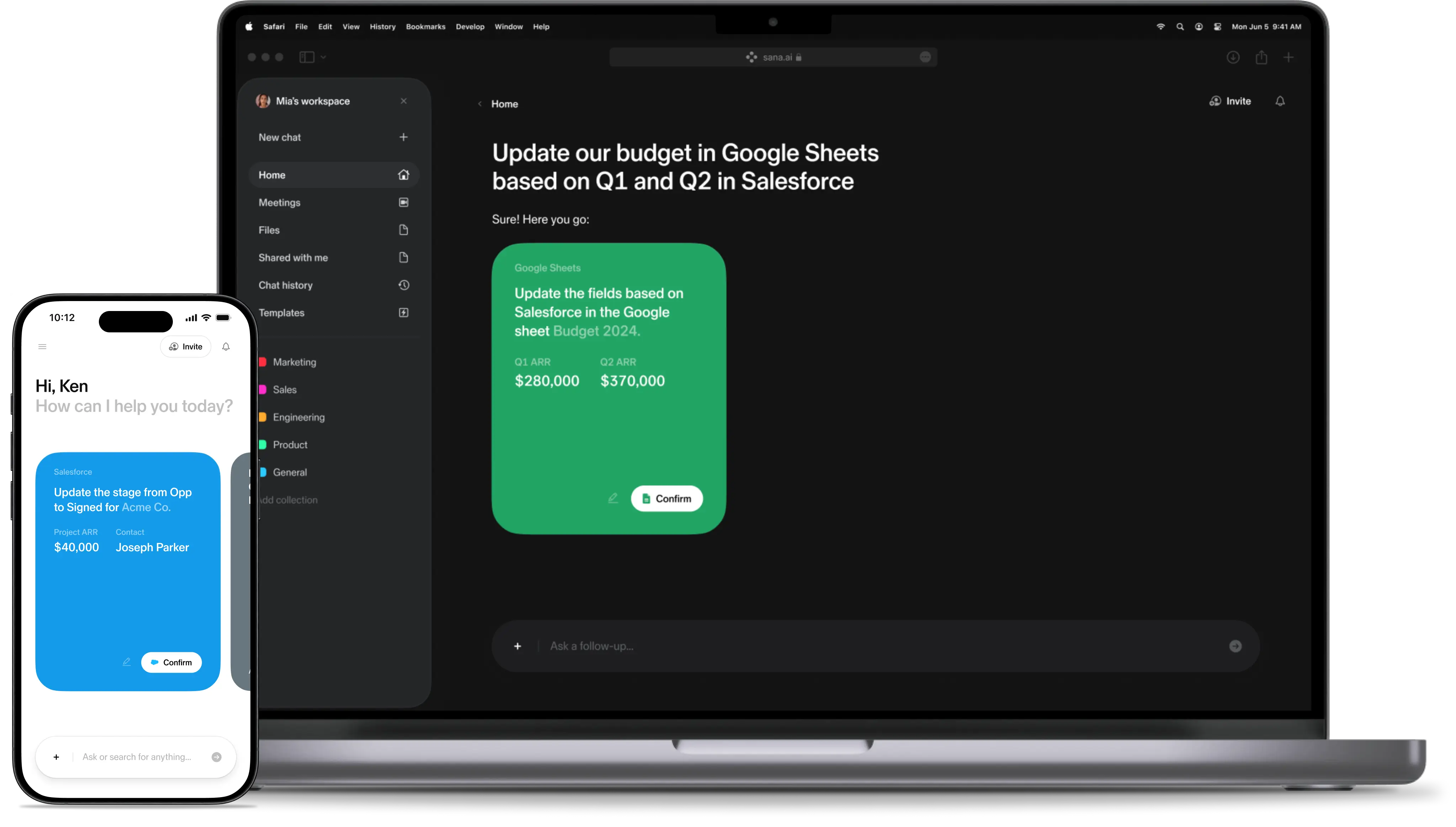Harnessing a performance mindset to deliver impact in L&D

We might not like to admit it, but L&D has been slow to measure its impact. Our industry simply hasn’t made the progress we’d expect. But it's time to step up and prove L&D's impact and influence on human performance and business outcomes.
To prove the impact of learning, we have to know the purpose and intention for training and learning solutions. And no-one knows more about data, impact, and learning than Kevin M. Yates, the L&D Detective™.
Kevin has helped organizations from Meta to McDonalds measure the effectiveness of their training and learning solutions. He’s connected their ‘North Star’ with learning and training to shift the needle on human performance.
We asked Kevin why L&D professionals should measure impact, why organizing around a North Star is essential, and how to bring the performance mindset to L&D.
This conversation has been edited for readability, actionability, and clarity. AI helped us transcribe and research this piece.
The purpose of learning
Q: Measuring impact isn’t a typical output from L&D. Why do you think that is? And how can understanding impact improve our outputs?
Historically, L&D has focused on what we create. The legacy mindset is that once we've created our training program or learning solution, our job is done. We've been focused on the output and not as focused on the impact. But that's changing.
We need to make the shift from 'delivery' to 'impact'. We make that shift by understanding the purpose for our work. For example, the purpose and intention for leadership development may be to strengthen leaders' capability. The goal then is measuring the extent to which training and learning fulfilled that purpose.
We need to set goals, the North Star, for how training and learning will measurably influence behavior, actions, and performance and use data as the signal for training and learning's impact.
Q: How does that work in practice?
Imagine your organization is tasked with a 40% ARR growth over the financial year, and you’re a sales-led organization. Here, L&D needs to work with the commercial teams to understand their needs. Learn the metrics they care about the most and plan backwards until you reach the right learning initiative. You might ask questions like:
- What win rates do you need to reach that ARR?
- What are our win rates today? What are your team’s barriers to improving them?
- What behaviors and capabilities are our sales people missing?
- How can we help you to improve those win rates?

Q: It’s interesting that you mentioned a North Star. That’s a process many companies organize operations around. How can L&D teams make the most of this mindset?
Before conversations about training—even before discussion about what we're going to design, build, and create—we have to have conversations about business goals and performance requirements we need to achieve those goals. Performance impact is the North Star.
It’s also important to remember that different training and learning solutions have different purposes. The unique purpose for those solutions affects how L&D will measure impact. All training and learning solutions are not created equal. They should be measured for impact fulfillment based on their own unique purpose.
Think about mandatory training. More often than not, the goal is 100% completion to demonstrate compliance. Are we going to measure impact for that? Probably not—impact is not the goal. Compliance is the goal.
Read: People Analytics for agile HR teams
A North Star mindset helps with being focused on goals and outcomes. More importantly, it focuses the mind on measurable results. The greatest and most exciting opportunity we have in training and learning today is leading with a mindset for creating training and learning solutions that allow us to measure impact on performance and business goals. That’s the core of my work. I measure training and learning’s influence on people’s performance and how performance helps people achieve business goals. That’s my North Star.
Q: If I wanted to start today, what steps should I take?
Read: Solving people debt with a product mindset
To make sure you're focused on training and learning solutions with measurable impact, I recommend:
- Identify business goals first and foremost.
- Identify performance requirements to achieve those goals.
- Determine gaps in performance; compare where performance is versus where it needs to be.
- Identify metrics and data that give signals for human performance.
- Design training and learning solutions that produce performance, behaviors, and actions that achieve business goals.
I believe training and learning fulfill the highest purpose with measurable impact on performance and business goals. These steps ensure your training and learning solutions are best positioned for fulfilling the highest purpose.
L&D as performance consultants
Q: We can see that aligning L&D with the North Star or purpose is important. You also talk about aligning L&D with business goals. That can be hard to get started with. How would you begin?
I know I’m repeating myself but I really do believe performance is the “holy grail” for training and learning. For me, that’s where it all starts. More importantly, it starts with aligning our training and learning solutions with business goals and performance requirements needed to achieve those goals.
Alignment is more than just a cliché. Alignment is a deliberate and intentional process to connect training and learning with business strategy and talent development. It means our goal for training should be creating learning solutions that empower people. It means providing people with the skills and capabilities they need to be successful with helping the organizations they serve to win.
Ask yourself:
- What skills and behaviors do we need to activate performance?
- What actions can L&D take that will help people behave, act, or perform differently?
- How are we helping employees achieve business goals?
Think about our ARR example from earlier: L&D can bring a performance-focused mindset to the table. Start with a skill-gap analysis. Say you learn that BDMs aren’t clear on how to leverage upselling opportunities. The commercial team can tell you where your ARR could be, and what a realistic increase could yield. With the data from commercial and sales performance now and where you want to be, you can set your impact goal.
The opportunity in this example is getting design input and content advice from top sales performers. They’re sharing best practices, habits, and actions that show up as performance for achieving business goals.
Q: L&D is central to the successful transformation, and that’s exciting. But surely we’re not the only team who helps to make change?
I like to say that winning is a team sport and the same is true for achieving business goals. There are multiple triggers and activators for human performance. Training is just one of those activators.
As we consider what it takes to achieve a business goal, we must consider all the team players who play a role. What role do other teams in the organization play in achieving a business goal including but not limited to training like marketing, technology, or product development? How do we incentivize performance with rewards, recognition, and compensation? Are there environmental considerations for activating performance?
These are all points-of-consideration for impacting performance. We must consider teams outside L&D and other contributing factors for driving performance. As I said, winning is a team sport.
Part of what I’m talking about here is mindset. A curious mindset leads to reaching beyond training as a sole, solitary solution and prompts us to consider the entire landscape for all that impacts and influences performance.
Q: Moving to this mindset sounds simple, but in practice that’s a lot of changes to make. If someone’s leading a lean organization, how can they start making changes today?
That’s a good question and I’m glad you asked. Yes, it starts with mindset and following mindset, it takes action and the action is what you do to make measuring impact achievable. There are questions that must be answered. Some of this I’ve already said but it’s worth repeating:
- What are the business goals?
- What are the performance requirements to achieve those goals?
- What are the performance gaps now that describe where people are versus where they need to be?
- What are some of the risks to performance?
- In addition to training and learning, what are some of the other activators or triggers that have potential to influence performance?
If you’re going to put impact measurement into practice, you have to start with the answers to these questions. Doing so will set you up for success with measuring the impact of training and learning using performance as the North Star.
Inside the leader’s mind
Welcome to the lightning round, where we ask every guest to answer these three questions…
What’s been on your mind lately? What’s been keeping you up at night?
One of the things that I've been spending a lot of time with is bridging the gap between what is idealistically true and what is realistically possible. There’s been a lot of discussion about measuring the impact of training and learning. There’s a lot of good ideas and perspectives about measuring impact. For me, the opportunity is telling the truth about what we can and cannot measure and actively pursuing where measuring impact is possible.
What one thing would you love HR and L&D leaders to start doing today?
We aren't always honest and open about the dynamics of measuring impact for training and learning. It's hard work. It can be frustrating. It can feel uncertain, unsure, and ambiguous. But difficult does not mean impossible. I’m encouraging our community to spend more time with what we can measure and spend less time with what we cannot measure.
Which L&D and People leaders are you following and why?
Jack and Patti Phillips, ROI Institute
Bonnie Beresford, Human Capital and Performance Improvement Strategist
Next up:
Zone of genius
Finding flow for every employee


